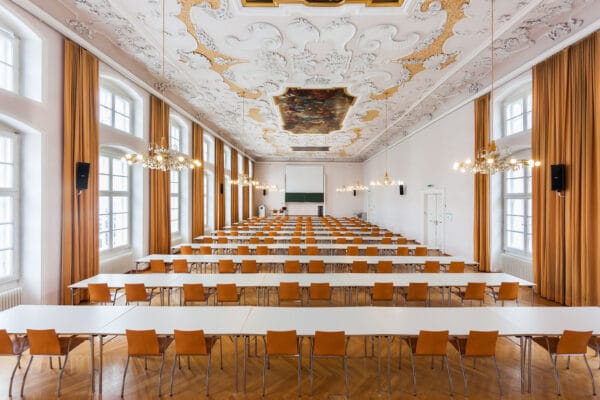
NAME:
Theologie - MS
BUILDING:
Theologie
FLOOR:
2
TYPE:
Lecture Room
CAPACITY:
108
ACCESS:
Only Participants
EQUIPMENT:
Beamer, PC, WLAN (Eduroam), Overhead, Flipchart, Blackboard, Handicapped Accessible, LAN, Microphones, Sound System
The Alpine region is at the center of significant transformations driven by economic restructuring, climate change, and digitalization. These processes, while offering new opportunities, also risk exacerbating socio-territorial disparities between strong and fragile areas. Within the framework of the EUSALP strategy, this research explores how spatial planning can support a resilient and adaptive transition, using Valtellina as a pilot case to test innovative approaches. By adopting a place-based and trans-scalar methodology, the study investigates the territorial impacts of economic transition, focusing on key sectors such as logistics, energy production, and tourism. Combining territorial mapping, fieldwork, and direct engagement with local stakeholders—including public institutions, businesses, and civil society—the research highlights both opportunities and contradictions in current policy frameworks. The findings emphasize the need for a more integrated vision capable of aligning digital and ecological transitions with regional development strategies. A core outcome of the research is the identification of a territorial model for Valtellina, structured around a network of research and innovation hubs. Strategically positioned at the intersection of economic, infrastructural, and environmental networks, these hubs aim to enhance collaboration between universities, enterprises, and local governments. By repurposing underutilized spaces and strengthening digital and material connectivity, this model fosters economic diversification, reduces territorial imbalances, and promotes sustainable development. Antifragility emerges as a key principle, advocating for planning strategies that not only mitigate vulnerabilities but also transform them into growth opportunities. This research contributes to the broader debate on how spatial planning can enhance macro-regional strategies, stressing the importance of integrating territorial perspectives into policy frameworks. The findings suggest that EUSALP should adopt a more explicit spatial approach, ensuring that digital and ecological transitions serve as drivers of territorial cohesion and innovation. The proposed methodology, which combines trans-scalar governance with site-specific interventions, could offers a replicable model for other Alpine regions facing similar challenges.
